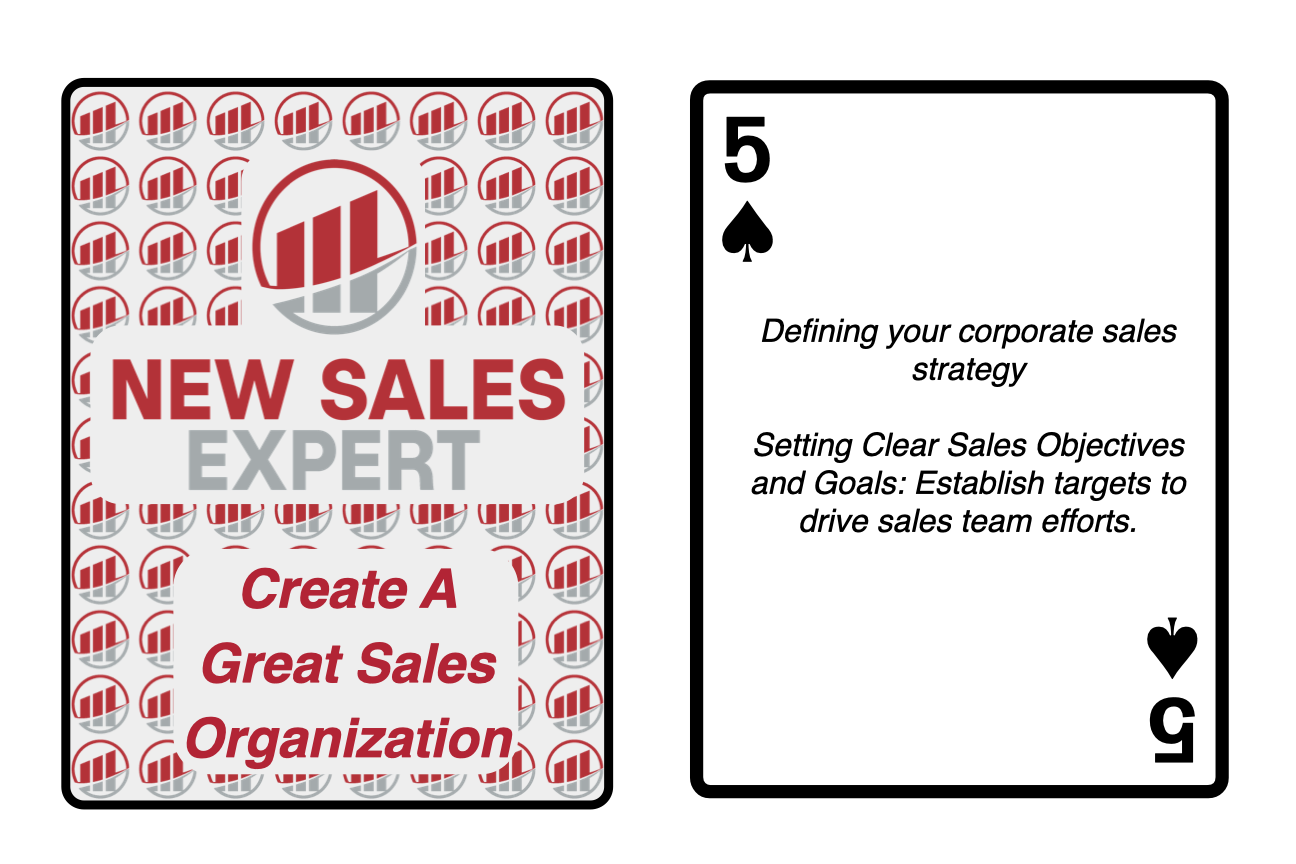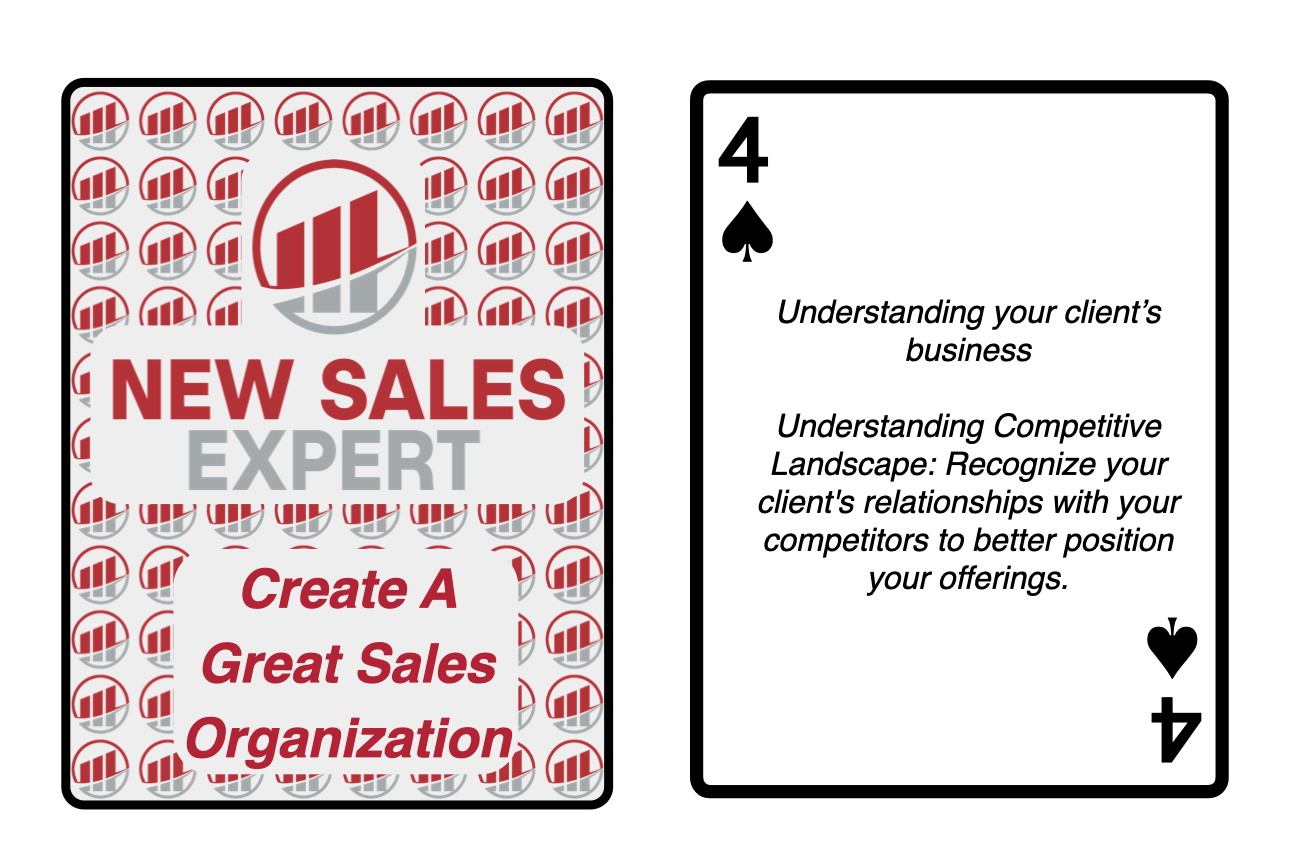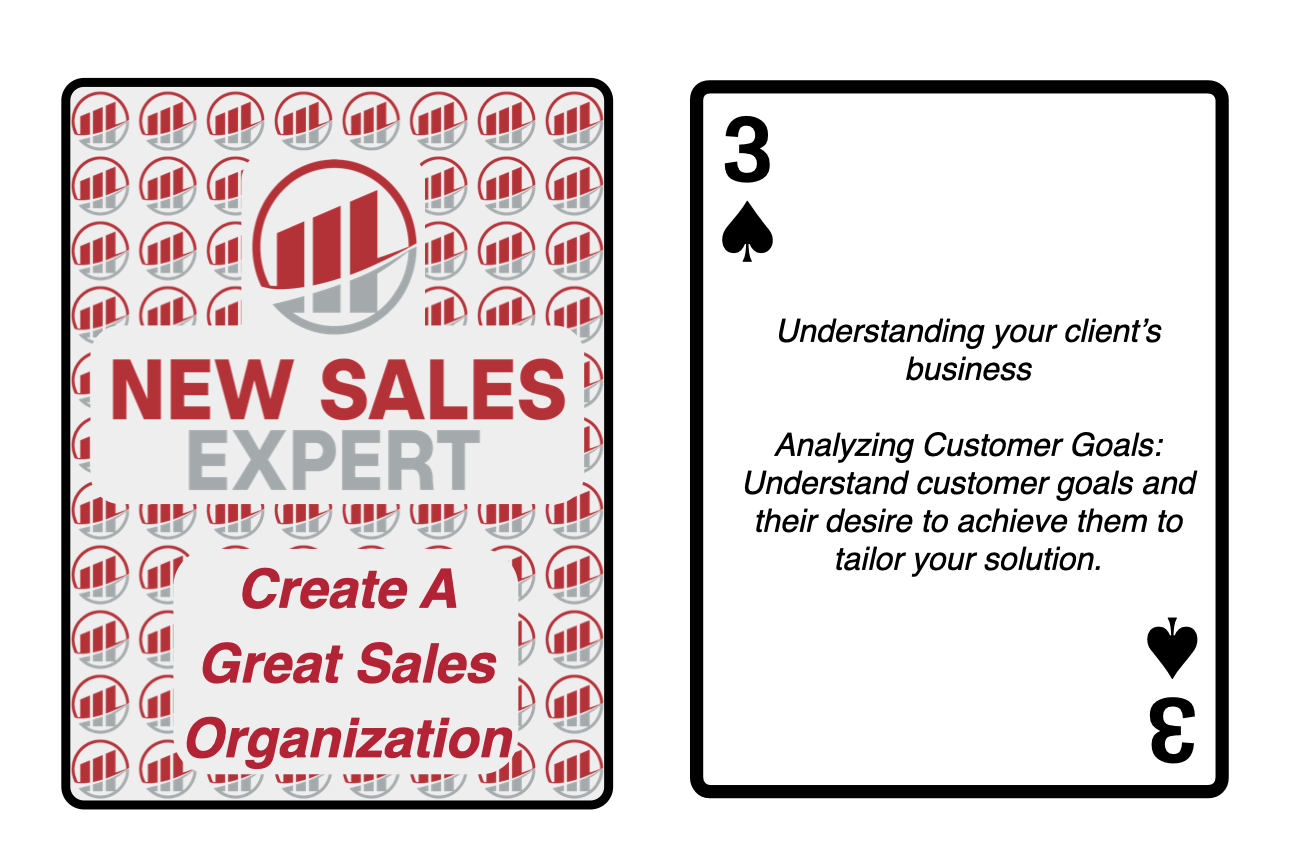Five of Spades: Defining your corporate sales strategy: Setting Clear Sales Objectives and Goals: Establish targets to drive sales team efforts.
Crafting a Resonant Sales Symphony: The Power of Clear Objectives and Goals In the vast ocean of corporate strategy, the sales department functions much like a ship’s heartbeat, rhythmic and essential, setting the pace for the vessel’s journey. But what, or who calibrates this pulse? How do we ensure that this heart doesn’t race uncontrollably or, worse, skip a beat? CEOs and sales managers would concur that the answer is embedded in well-articulated sales objectives… Five of Spades: Defining your corporate sales strategy: Setting Clear Sales Objectives and Goals: Establish targets to drive sales team efforts.




